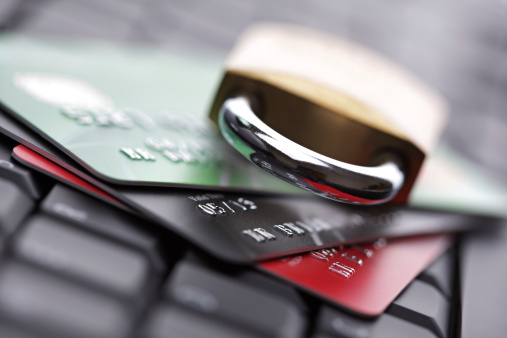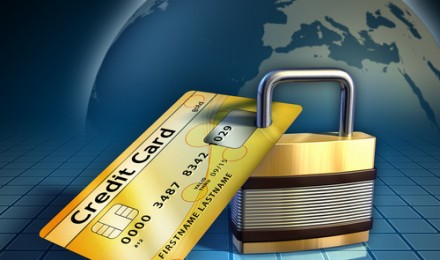If you’re drowning in debt and can’t manage your payments, a bankruptcy can provide a measure of relief. Depending on your situation, a bankruptcy will completely wipe out your balances or restructure your payments. Whatever the outcome, a bankruptcy has a major impact on credit. Credit scores can drop as much as 200 points and many creditors will deny your application at first glance.
While a bankruptcy limits your credit options, you need credit to rebuild your score after filing. A bankruptcy stays on your record for seven to 10 years, but if you rebuild your credit, you can reverse credit damage far sooner.
Getting a credit card after filing bankruptcy is one of the easiest ways to start over. But don’t apply for any type of credit card. There are credit cards specifically for people who have bad credit or low credit scores.
Rebuild Credit With Secured Credit Cards
Secured credit cards offer a fast and simple way to rebuild your credit. In fact, this is the credit card of choice among people who file bankruptcy. There are few requirements and your credit score doesn’t factor into the decision. But there is a catch.
Getting a secured credit card isn’t as simple as mailing off an application, being approved and receiving a card in seven to 10 business days. These types of credit cards require a security deposit, which is basically collateral for the credit card. The bank that issues your secured credit card holds this deposit in a savings account. This deposit protects the bank in the event of default. Security deposits vary, but your credit limit is reflective of this deposit. In other words, if you pay a $500 deposit, you can expect a $500 credit limit.
Other than the security deposit, secured credit cards work like any other credit card. You make purchases with the card, the creditor sends a monthly statement and you pay by the due date. Pay your bill on time, keep your balance low and you can slowly rebuild your credit after filing bankruptcy.
Unsecured Bad Credit Credit Cards
But what if you don’t have cash for a secured credit card? There is another option – an unsecured bad credit credit card. Many banks and financial institutions offer these types of credit cards. And because these credit cards help people with bad credit, they’re easy to get after filing bankruptcy. You don’t need a security deposit to obtain an unsecured bad credit credit card, but you will pay other fees and a higher interest rate. Typical costs include an annual fee, an account setup fee and a monthly maintenance fee. Creditors charge fees directly to the credit card, which creates a balance before you make your first purchase.
Despite unfavorable terms and conditions, secured credit cards and unsecured bad credit credit cards can open the door to better credit and reverse the damage of a bankruptcy. To get the most out of your credit card after filing bankruptcy, improve your credit habits. Charge only what you can afford to pay off within a month, pay your bills on time and do not exceed your credit limit. Maintain these good credit habits and you will improve your credit score, as well as qualify for more favorable credit cards in the future.







